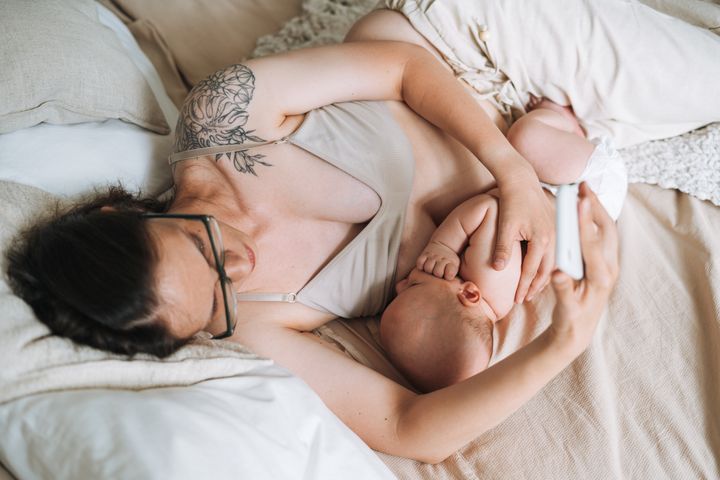
If you choose to breastfeed, those first few weeks where you’re figuring out comfortable positions and how to get your baby to latch properly can be a real rollercoaster.
I remember sobbing on day four because feeding was so painful and my boobs were like boulders (not so much in size, but more in how full they were – it felt like they were filled with concrete).
My baby didn’t seem to be latching right either, the pinching sensations on my nipples were diabolical – so yeah, not a fun time for all involved.
Fast forward a week and – after some latching support from a midwife and health visitor – things were looking up. Well, aside from me routinely and explosively spraying my poor baby in the face with milk – we later learned I had an overactive letdown.
Finding a breastfeeding position that works for you can make such a huge difference, especially during those periods of cluster-feeding when you’re spending most of your time sat down with a baby glued to your boob.
Here are some of the most commonly used breastfeeding positions – with supporting images and illustrations from Lansinoh – to help you on your way.
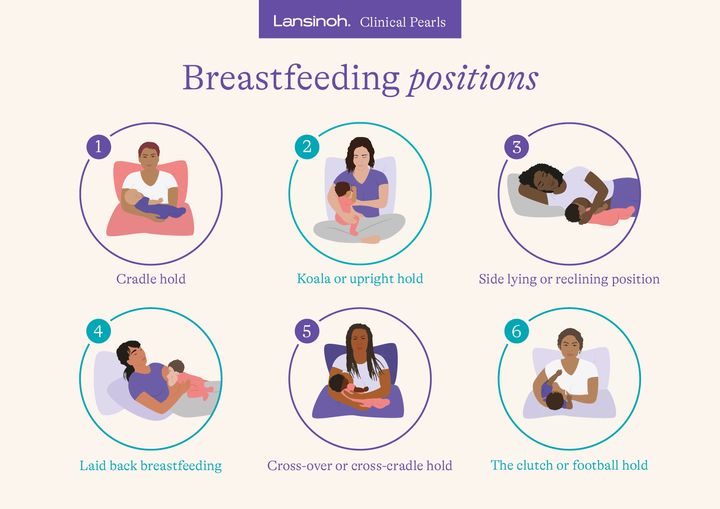
1. Cradle hold
This is one of the most common positions for breastfeeding, however it might be uncomfortable for those who have had a caesarean, the NHS notes.
To do this position, sit in a comfy chair with arm rests or on a bed with cushions around you. Then, lie your baby across your lap, facing you. Their tummy should be facing yours.
Place your baby’s head on your forearm, with their nose towards your nipple. Your arms should be supporting their body. Meanwhile, place your baby’s lower arm under yours.
Check to make sure your baby’s ear, shoulder and hip are in a straight line.
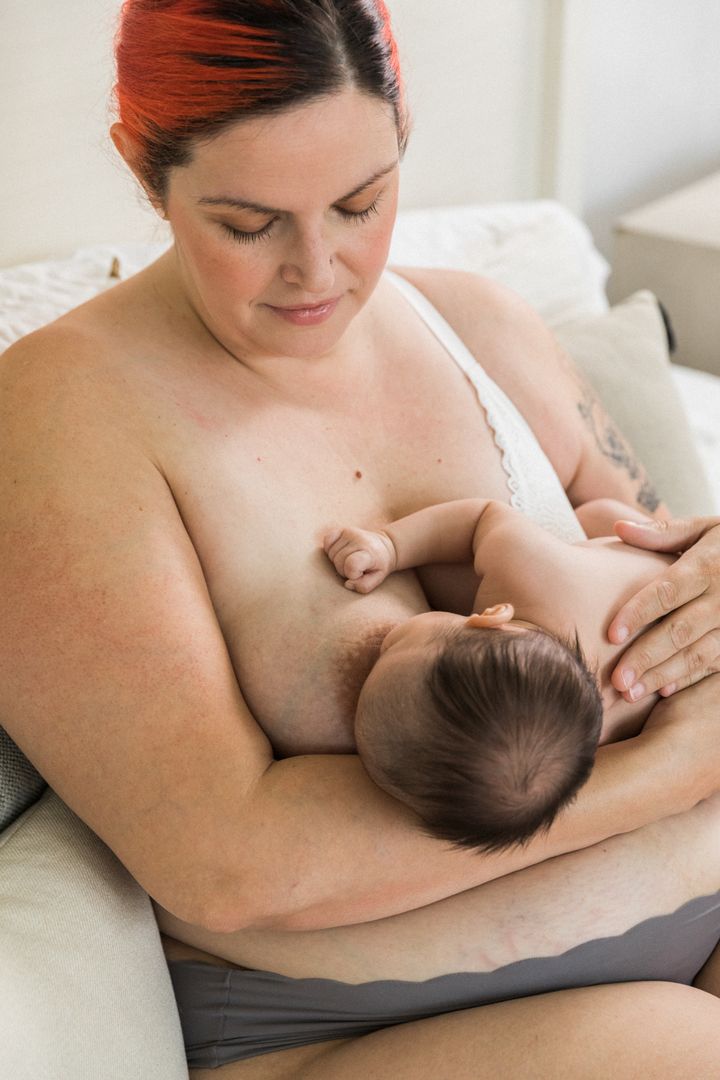
2. Cross-cradle hold
This is touted as a good position for those with smaller babies and newborns. It’s similar to cradle hold, except your arms switch roles – so your baby’s body is basically lying across the opposite forearm to the boob you’re feeding them from.
Your forearm will basically be supporting their back and spine, with your palm supporting their shoulder blades, and your fingers under their ears.
As breast pump experts at Medela explain: “Because your baby is fully supported on your opposite arm, you have more control over his positioning, and you can use your free hand to shape your breast.”
For a demonstration of how to do cross-cradle, check out this video from a postpartum nurse on TikTok (@thepostpartumnurse).
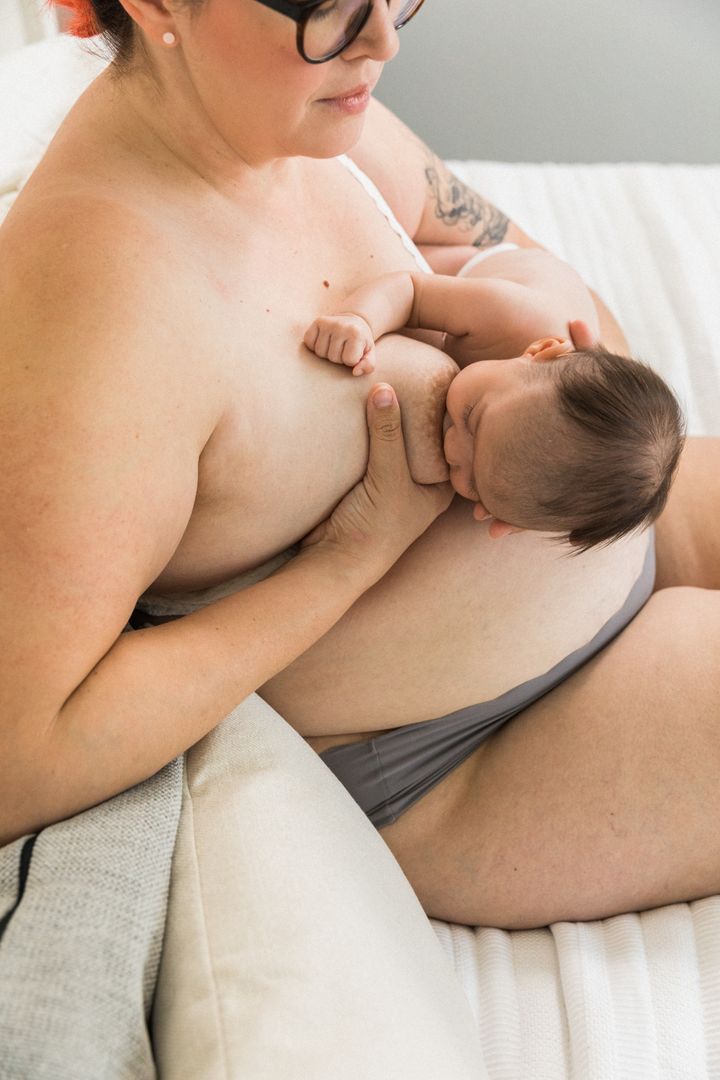
3. Side-lying position
This is a great position to try if you’re breastfeeding in the night, or you’ve had a caesarean or difficult delivery.
First, lay down on your side with your baby facing you, so you’re lying tummy to tummy. Your baby’s ear, shoulder and hip should be in a straight line.
It might help to put some cushions or pillows behind you for support and the NHS recommends a rolled up baby blanket popped behind your baby to help support them, if they can’t quite stay on their side yet.
Tuck the arm you’re lying on under your head or pillow and use your free arm to support and guide your baby’s head to your breast.
Need a visual guide? Check out this handy video from lactation counsellor Grace (@latchingwithgrace) on how she gets comfortable in the side-lying position.
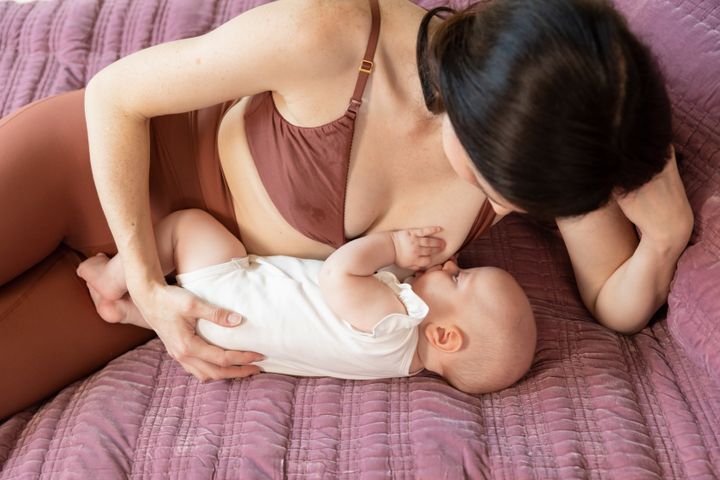
4. Laid-back nursing
The laid-back position is pretty much what it says on the tin: you’re seated in a semi-reclined position – either on a sofa or bed. The position can be done by most mothers, however if you’ve had a C-section you might want to lie your baby across from you and away from your incision, the NHS suggests.
It’s also a great shout for those who have an overactive letdown (where the milk comes out forcefully) and, according to lactation counsellor Angela Das (@motherhooduntamed) it can also help them achieve a deeper latch.
To nail this position, lean back (but not flat) on your sofa or bed, propping yourself up with cushions so your back, shoulders and neck are supported.
Now, place your baby on your front so their tummy is resting on your tummy. For those who’ve had C-sections, this is the part where you would lay them to one side.
The NHS advises parents to be seated upright enough that they can look into their baby’s eyes, and to gently support their baby, guiding them to the nipple.
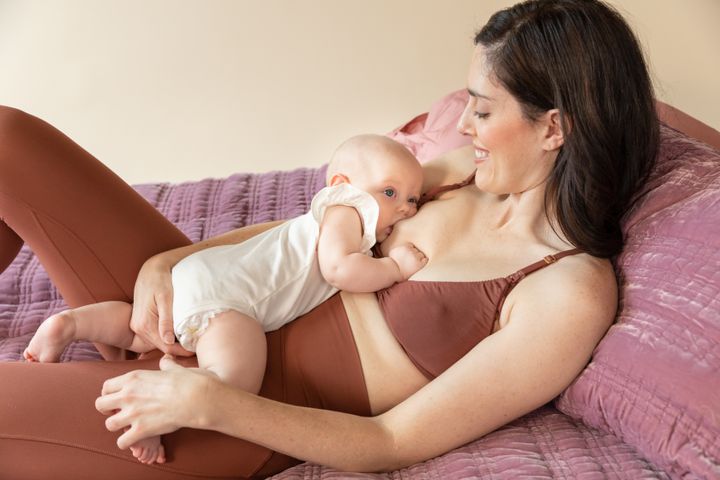
5. Rugby ball hold
The rugby hold can feel a bit tricky to begin with, however it’s another good position for those who’ve had C-sections, as there’s no pressure on the incision area, as well as parents of twins.
To do this, you’ll need to sit in a chair with a cushion (or two) along your side. Then, position your baby (/babies) at your side, under your arm, with their hip close to your hip. Their upper body will be positioned along your forearm. The NHS suggests your baby’s nose should be level with your nipple.
Support your baby’s neck with the palm of your hand and gently guide them to your nipple.
Check out this video from midwife and lactation consultant Libby Cain (@libbyandco_nz) on how to do the rugby hold.
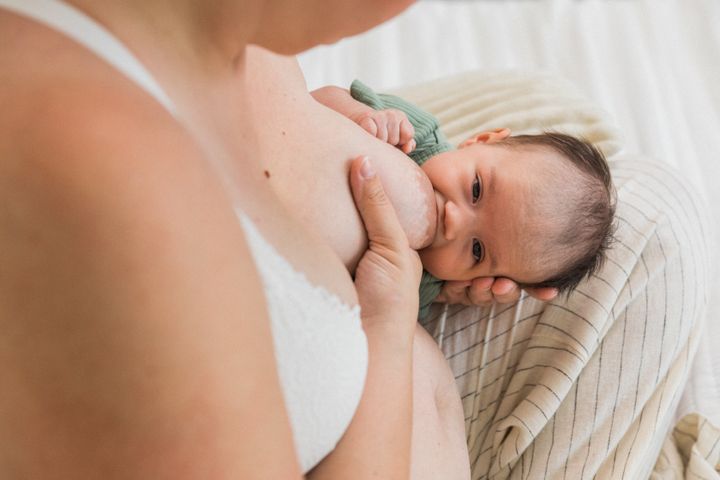
6. Koala hold
This position can be good for mothers who have older babies or an overactive letdown. It can also be done with newborns however they’ll need lots of support.
According to experts at Medela, this position can also be more comfortable for babies who have reflux, ear infections, tongue-tie or low muscle tone.
In this particular position, the baby will sit on your thigh, with their legs dangling either side. Their spine and head will be upright as they feed. For a demo of this nursing position, check out this video from lactation consultant Kathryn Stagg (@kathrynstaggibclc).
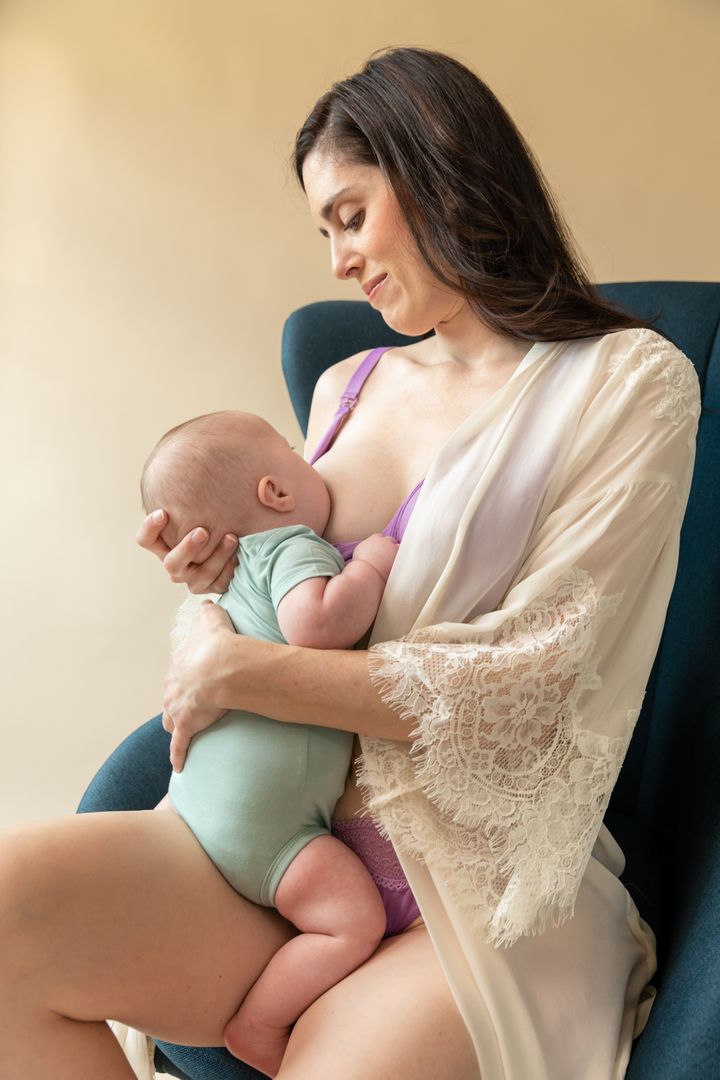
More support for people who are breastfeeding:
- National Breastfeeding Helpline: 0300 100 0212
- Association of Breastfeeding Mothers: 0300 330 5453
- La Leche League: 0345 120 2918
- National Childbirth Trust (NCT): 0300 330 0700
- The Breastfeeding Network supporter line in Bengali and Sylheti: 0300 456 2421